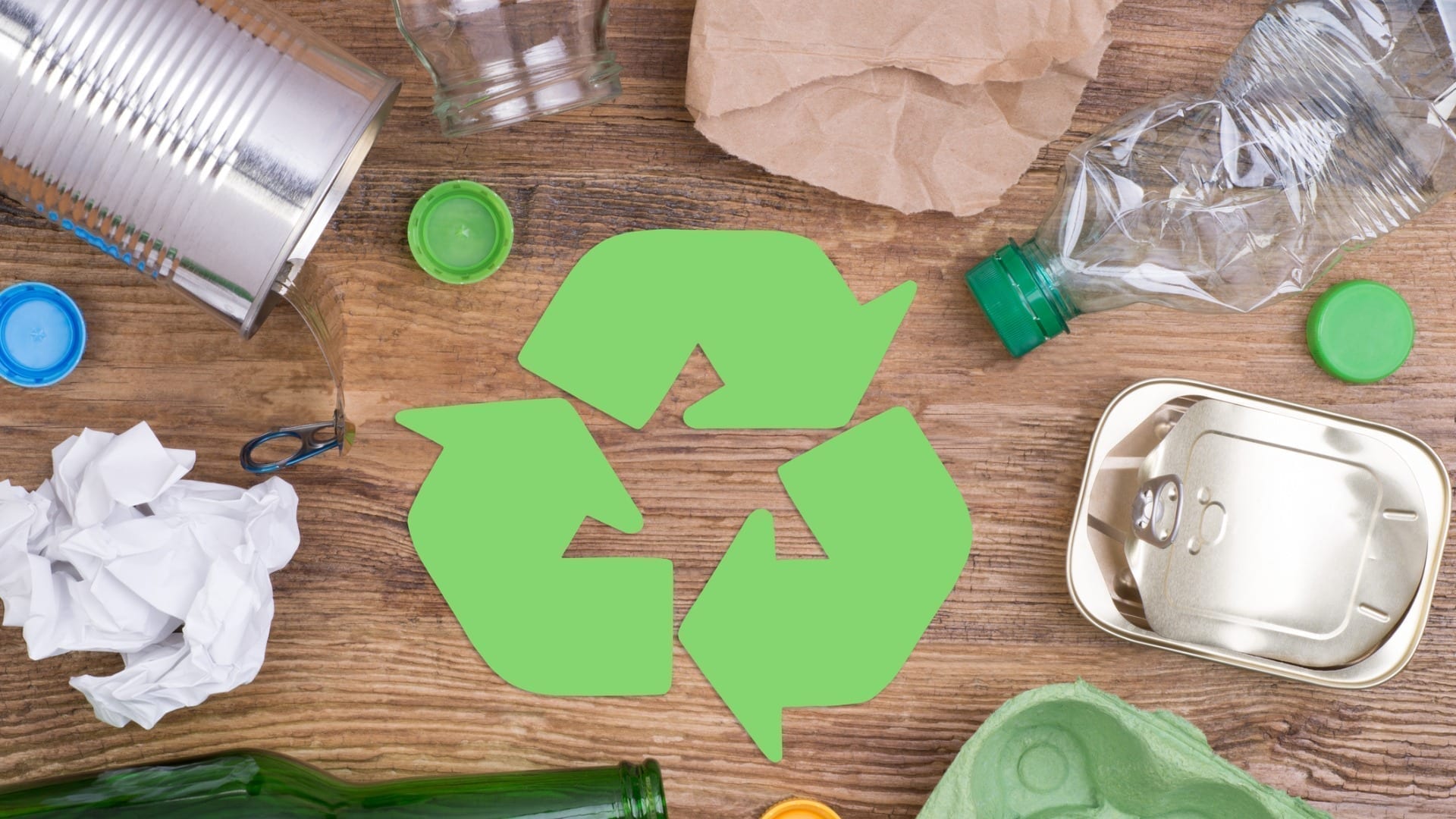
How Americans View Recycling
(NAPSI)—At the beginning of the coronavirus quarantines you likely heard about and even experienced shortages of popular paper products, such as toilet paper and paper towels. But did you know recycling can help with these shortages? If you’ve never thought about it, you aren’t alone. New research conducted by the Carton Council of North America reveals that most consumers fail to make the connection between recycling paper at home and providing feedstock for new paper products.
Recycling actually plays an important role in fostering a circular economy as it provides materials that are needed to make new products and packaging. For example, food and beverage cartons, which are used to package products including milk, juice, soup and broth, when recycled, can go on to make new paper products such as toilet paper, paper towels and tissues. In fact, the federal government and states that issued “stay-at-home” orders largely decided recycling businesses were essential, reinforcing the importance of recycling.
Keep Up Recycling
The good news is people report they are keeping up their recycling during the pandemic. According to the same survey, almost a third of consumers report they’ve been recycling more during the pandemic and 56% have been recycling the same. While promising, especially as the industry works hard to maintain recycling programs when possible, the survey also revealed that consumers don’t understand the impact between recycling and the new products created. When asked how much impact recycling at home has on helping with paper shortages, 33% of consumers reported they thought recycling might have some impact on helping with the shortages, but they were not sure how much it really helped. While 18% felt recycling had no impact at all on alleviating shortages, 13% were unsure and had not thought about the connection.
Expert Opinions
“It’s great to see that people are either continuing to recycle at the same rate or recycling even more since spending increased time at home and generating more waste,” said Carla Fantoni, Vice President of Communications for the Carton Council of North America and for Tetra Pak Americas. “We encourage Americans to be even more diligent about recycling, recognizing the important role it plays in our supply chain and building of a circular economy.”
The fortunate fact is food and beverage cartons, made mainly of paper, are a recyclable material that provides needed feedstock for paper mills to create new paper products.
“Food and beverage cartons contain high-quality fiber which we desire to help us keep up with demand for products like toilet paper, tissues, and paper towels,” explained Michele Bartolini, Senior Marketing Director for Sustana. “As the nation opens up, we will continue to need paper feedstock to produce new paper materials. If cartons aren’t recycled and end up in a landfill, we are losing the opportunity to utilize that material.”
For further facts, visit RecycleCartons.com.




